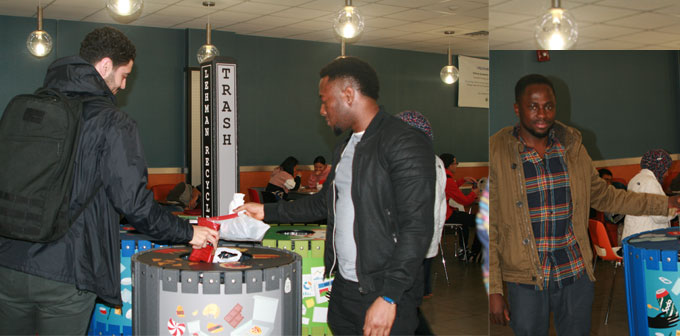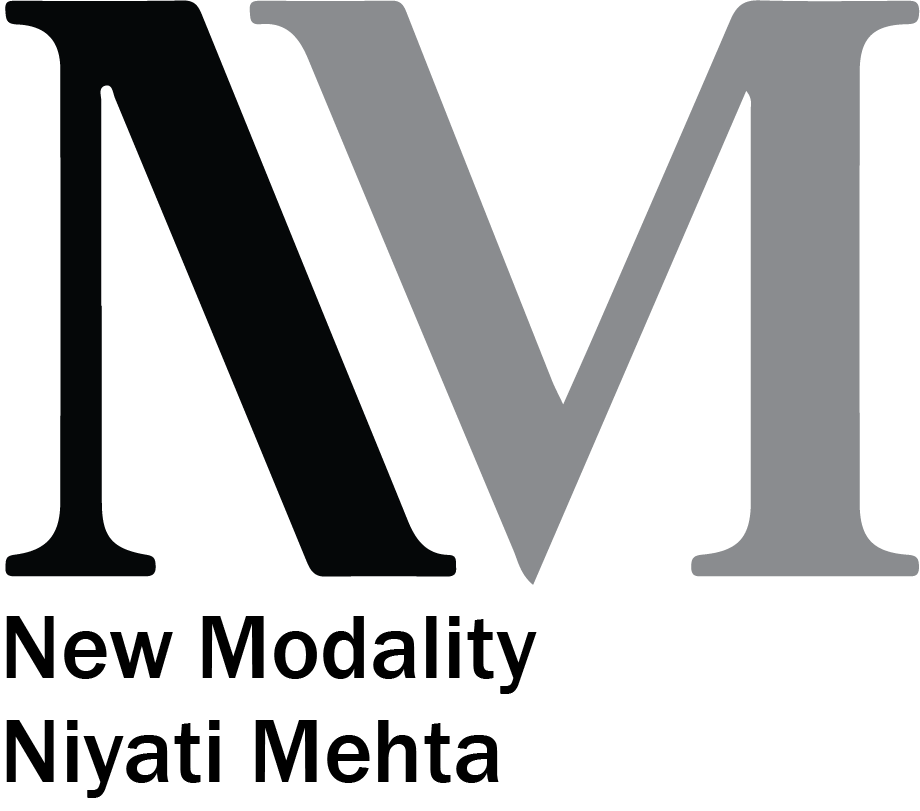CLIENT
PROJECT
Sustainability
Recycling Sustainable Design for the Lehman College Campus
Environmental Sustainable
Lehman students do not sort their waste accurately. We threw away and recycled what should have been composted and this translated into two big environmental challenges.
TYPE OF NUDGES USED
Space awareness, location, salience, attractive

BRIEF
Eating more healthily, saving more, or recycling are all things that most people would agree they’d like to do more of. Yet, even with the best intentions, people often won’t actually change their behavior. Whether it be an inconvenience, lack of time, or simply not knowing where to start, we often don’t do the things that we know we should.
Lehman College Recycling in the Cafeteria:
Why recycling is a good idea and utmost needed on-campus cafeteria.
Visual cues are omnipresent in an in-college environment and can enhance the visibility of a product or a concept. By using these cues, the Campus and Facility Department can design a choice environment to nudge students towards more sustainable behavior.
Nudges are psychologically informed tools designed to promote behavioral change in order to improve health and well-being. In this review, we focus on three areas of concern: theory, evidence base, ethics. We begin by discussing the problems arising from the theoretical framework that nudges are based on and propose an alternative framework. We then evaluate the evidence for nudges in the environmental and social domain, drawing attention to critical empirical issues (internal and external reliability) that explain the limited evidence base for their effectiveness. The review ends with an examination of the implications of the theoretical and visuall issues we discussed with respect to current applications regarding the visual, cues, hot spots and trigger of nudge.
PROCESS
How do we want to design the waste bin signage? Do we make it bigger, add emojis to each sign, or borrow Whole Foods’ shadow box idea Do we include a poster on top of the signage, and if yes, what kind of nudging tool do we want to use? We can shape behavior via loss aversion, social norm, or a simple reminder on how we are doing compared to other people. So many calls to make!
Between February and September, the light days, the most crowded days and empty days were observed at the cafeteria. Noticing every action of the student, faculty and other college personnel during peak and off-peak hours.
This is where one of the biggest problems in recycling arises – how do we persuade more college students to recycle their recyclable waste? An example from Norway emphasizes the importance of recycling …. in Norway alone, the average waste generated by a single person in 2012 was 430 kg this is twice as much as it was just 20 years before. Year-by-year the average amount of waste that we all generate will likely increase.
There are many ways in which nudges can be applied to the problem of improving recycling rates. One of the easiest ways is to strategically design and place signs to promote recycling.
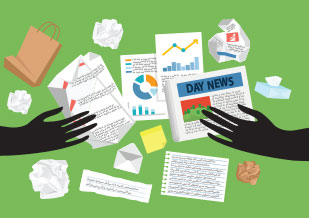
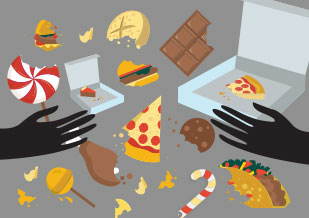
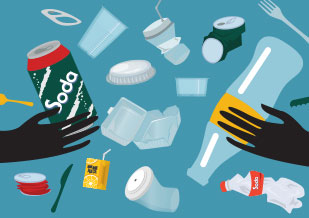
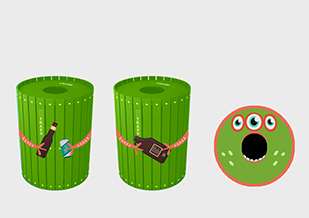
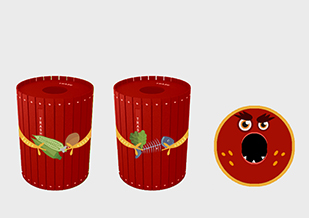
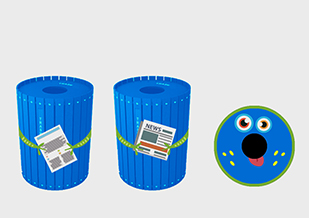
SOLUTION
The problem is in making recycling easier for those people that do not pay much attention to the need to recycle. We have seen that simple nudge to our everyday environment can be an effective way to boost recycling rates. Simply, strategically placing bins around, closer, making it attractive, more visible, accessible, the place of study, cafeteria or work and avoid reminding people where the recycling bins help but hotspot, the attentional design enhances this experience. Even, a more direct approach of placing these bins at more easily eye level and constant in a way helps. Perhaps with the careful application of nudges over time students will get more awareness.
- Social norms: positioned the signage in an area where students can see each other’s trash disposal behavior
- Simplification: Attractive and noticeable
